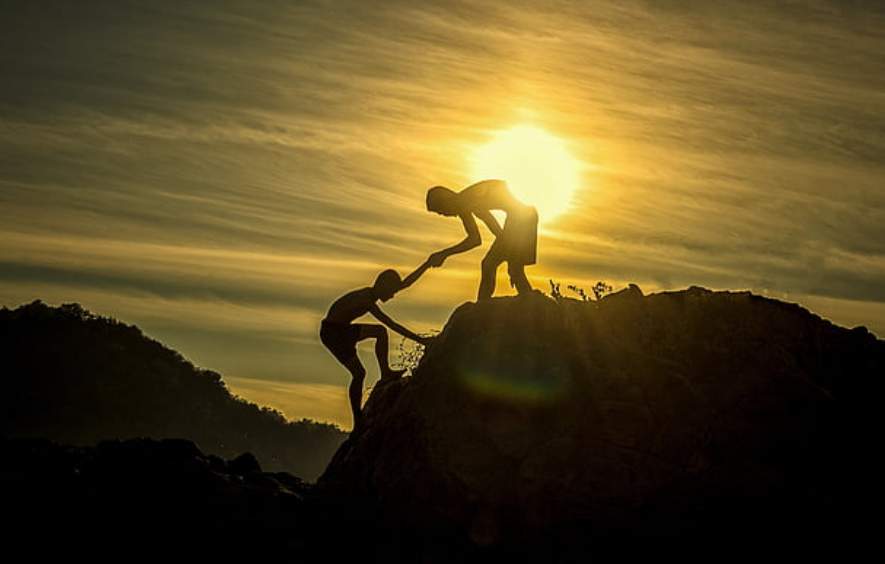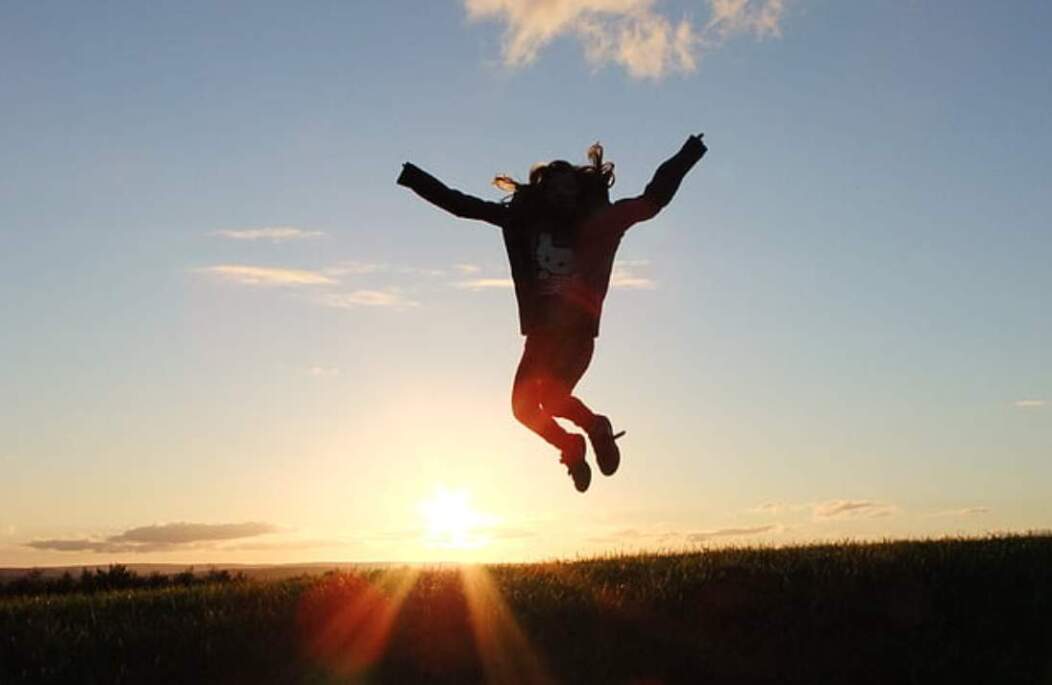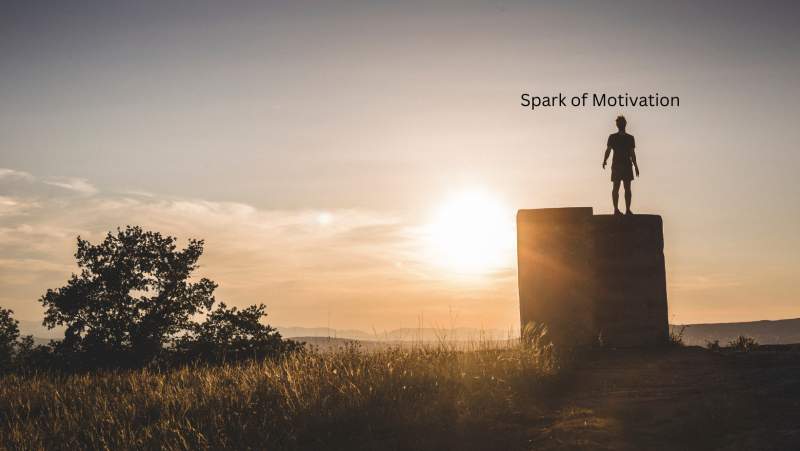What Sustains Us, We Sustain? Our days are taught to be linear progressions, filled with all of the many things we have to do from waking to sleeping. Our day is a dynamic system of people, goals, meetings, feelings, thoughts, energy, and actions, along with inevitable unexpected challenges. That concept misses something crucial: our day is actually a dynamic system of people, goals, and meetings. There is an interaction between these three: Each of them affects the others.
Consider the many ways that physical activity can help us joyfully and resiliently interact with what we care about rather than how fit it into a hectic schedule. Psychology typically begins by asking people about their core values and hoped-for life goals when helping them change their behavior. However, they are not urgent needs; they are ideals.
Most of the time, they are irrelevant to our essential roles and goals and the fires we have to put out on a daily basis. The decisions we make on a daily basis tend to reflect our emotional state at the moment, not what we hope for in the future. In order to identify the consistent decisions underpinning sustainable behavior, you must understand the system of your current daily life: your needs, your pains, your energy level, and the things that matter most to you now. Our daily lives must be grounded in reality, so we can create consistent, sustainable self-care.
Despite how it appears, self-care activities such as physical movement do not compete with everyday life. Exercise is rejuvenating when done regularly. The feeling of happiness it brings is contagious. Stress is reduced as a result of it. By doing so, we are able to focus our minds. As a result, we are more resilient in the face of challenges and are more focused on the roles and responsibilities that are most precious to us. Exercise does not compete with what matters most; it actually energizes and nurtures it.
The things that sustain us are the things that sustain us. In this article, we are focusing on the self-care behavior of physical activity as the base of this tree. If you move in a way that makes you feel good, you generate positive experiences, such as a lifted mood, more energy, and less stress, as well as other benefits (shown on the middle level of the tree) to achieve the most important roles and responsibilities in your life (shown at the top).
As a result, physical activity directly contributes to feeling better and living a fulfilling life. A physically active lifestyle leads to more than just sustainability when it generates positive experiences and meaningful living. Also, science shows that taking part in activities that are personally meaningful and help us feel good leads to well-being.
This sequential cycle is explained in the following paragraph. Feeling good and having well-being energizes us to fuel what matters most. Our well-being and energy increase when we accomplish our cherished roles and goals. We expand ourselves and build happier and healthier lives by continuing this self-perpetuating cycle.






